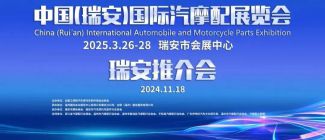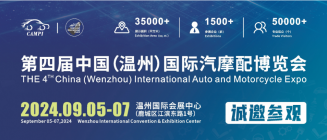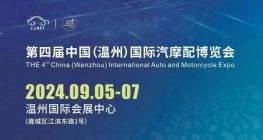Recently, xiaopeng P7 first exposed the 706km range version of NEDC standard in the list of recommended models for the promotion and application of the third batch of new energy vehicles in 2020. According to previously announced news, this exposure should be xiaopeng P7 third version of the power, or for the rear drive single motor layout.

According to overseas sources, tesla last month upgraded the Model S and Model X. The Model S and Model X now have EPA ranges of 390 miles and 351 miles, up from 373 and 328 miles, respectively.

It is believed that with the introduction of more large-battery new energy models this year, the much-criticized problem of battery life of new energy will be alleviated to some extent, so more and more consumers are beginning to turn their attention to the assisted driving of new energy vehicles and the ability of OTA upgrade.
What kind of electric cars do we need for the new energy vehicle market this year? Life? Science and technology? Or...
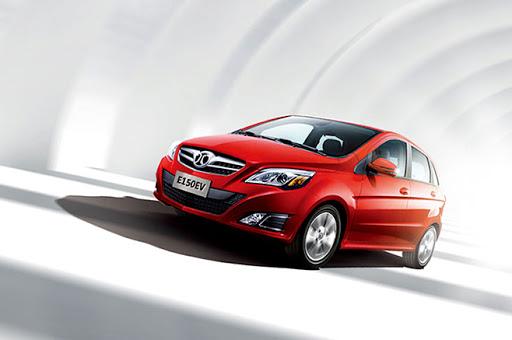
Somewhat alleviated endurance problems
I remember that the first electric car I drove was the EV series of baic. At that time, the tail tag was still EV160, and the overall range was just over 100 kilometers. Since most of the cars were time-sharing rental cars at that time, I did not feel the anxiety of running.
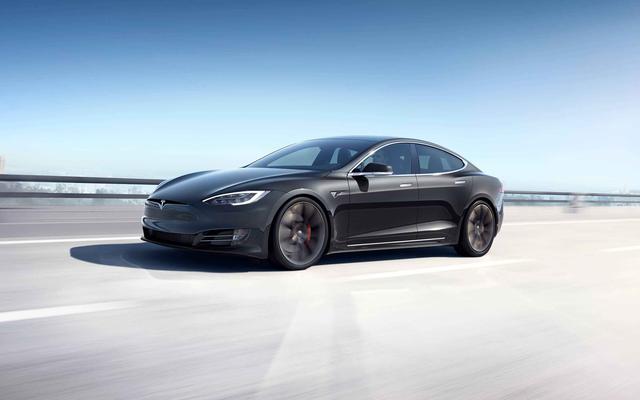
In just a few years, the range of electric cars has soared from 100 kilometers to more than 400, and there are many ranges of 6 to 700.

With the improvement of the national charging network and the replenishment of various manufacturers, the battery life anxiety we were worried about before has become the last thing we need to worry about now. If your home happens to have charging conditions, it will be more perfect.

Otas make it more playable
The reason why we emphasize the OTA capability of electric cars is that whether tesla upgrades vehicle performance and endurance through software version or nextev upgrades UI interface through OTA, the powerful OTA capability of new energy makes us full of expectation for the unknown of electric cars.
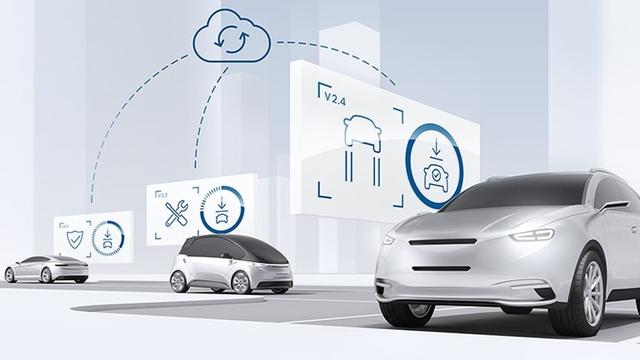
Here's a concept for you. Many automakers claim to support FOTA, but most otas are technically called SOTA, where "S" stands for Software and "F" for Firmware.

These two terms are more likely to be classified within the engineer, and the firmware packages actually sent to the vehicle often contain FOTA and SOTA content. Of course, the car companies and suppliers that can do FOTA's technical strength is not too bad.
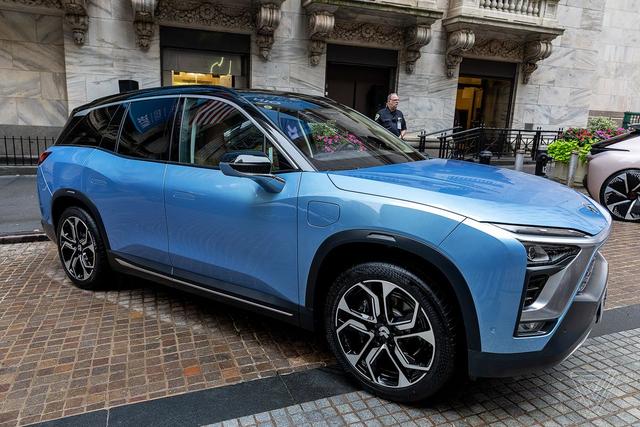
However, since it is a software upgrade, there are bound to be bugs, in addition to the bugs generated after the upgrade, there will be bugs in the upgrade, such as the "chang 'an street incident" before.
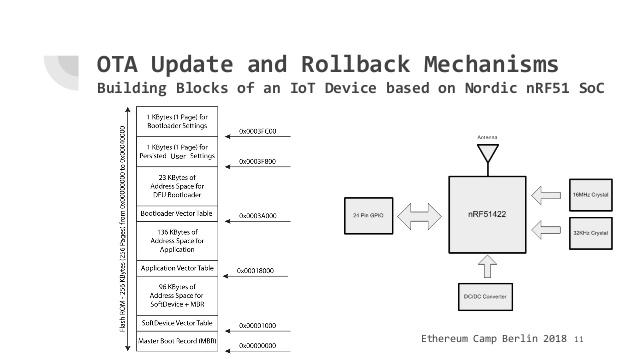
In fact, it is normal to have bugs in the upgrade process, but in the case of cars, it is necessary to develop a better error prevention mechanism to ensure that the vehicle's functions are not affected. One of the more common solutions in the known OTA fault-prevention mechanisms is "continuation on breakpoints". In addition, there is a rollback mechanism, because after upgrading the new system will need to revert to the previous version if it is unstable, which is also a way to protect the safety of the vehicle.

Vehicle otas should be a priority for the automotive industry. Self-driving cars may indeed help reduce traffic casualty rates, but assuming there is no credible way to fix software bugs, consumer discontent could be the biggest disaster for brands in the face of a massive recall.
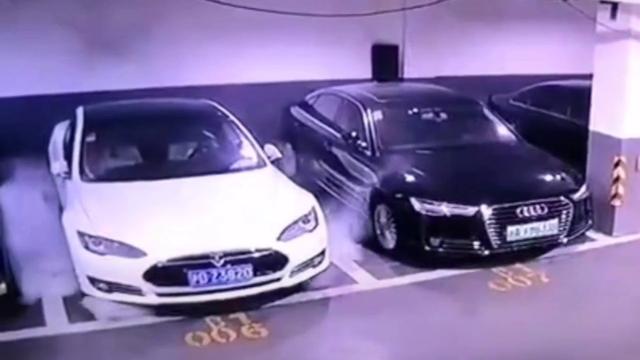
Vehicle safety should be guaranteed
In addition to endurance anxiety, the most should be concerned about the safety of electric cars, last year in succession of electric car spontaneous combustion accident, has become a part of the people's "heart".
Although compared with the fire accident rate of traditional fuel vehicles, the fire rate of new energy vehicles is lower. However, consumers are more concerned and concerned about the fire accident of new energy vehicles.

This is because the spontaneous combustion of lithium-ion batteries in electric cars has more to fear than the spontaneous combustion of fuel-powered cars. On the one hand, both ternary lithium batteries and lithium iron phosphate batteries may spontaneously ignite due to short circuit after the battery structure is damaged. Moreover, unlike fuel, which must rely on external oxygen to burn, lithium-ion batteries spontaneously generate oxygen during combustion, which intensifies the combustion.
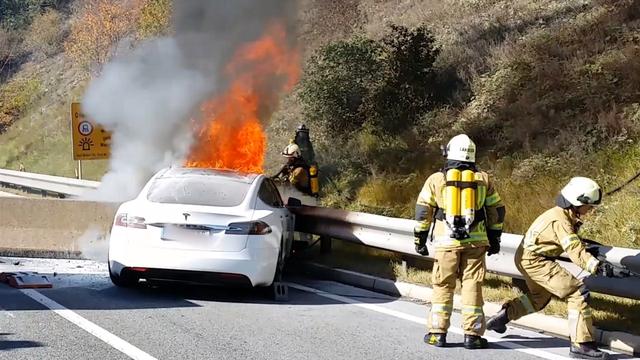
So the combustion of lithium-ion batteries very quickly, often in general fuel burning car accident, fire extinguisher can effectively inhibit the early fire, but in caused by battery electric vehicles burning accident, burning is very intense, almost no timing can be suppressed, and so cannot use water to douse the fire, in many electric vehicles burning accident, even if the firefighters have arrived at the scene, but also can only helplessly looking at fire vehicles burn.
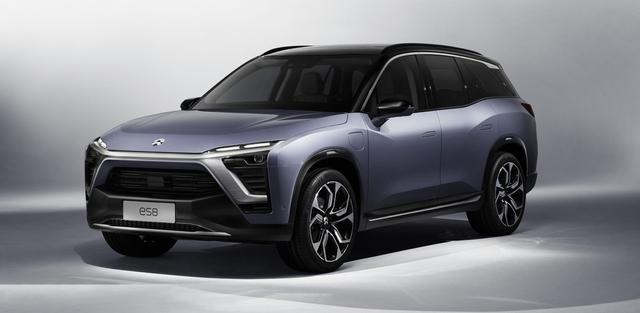
In addition, the electric vehicle battery pack is often with several batteries or a single cell stack, and each cell or battery charge or discharge the battery diaphragm is likely to lead to damage to causing short circuit, such as wei to ES8 and tesla spontaneous combustion accident, causes are likely to be any section battery short circuit in the battery pack, "thermal runaway", which result in the combustion of whole vehicle.
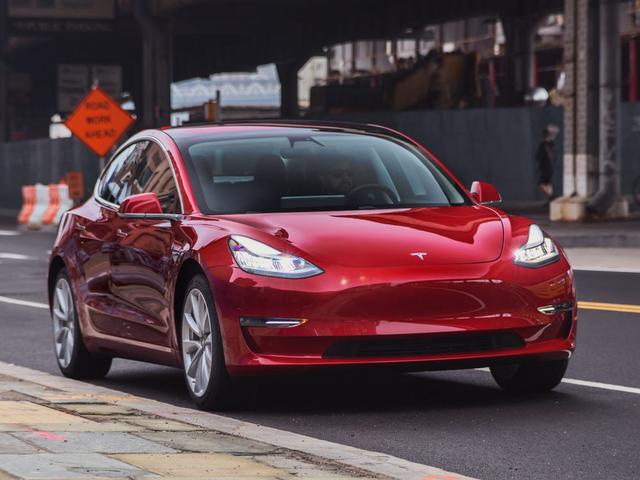
Write in the back
Having said that, the key issue is battery technology. Whether it's battery life or safety, the biggest problem is the battery.
For the average consumer, whether or not the lithium iron phosphate battery will be revived, or the ternary lithium battery with greater potential, or the power battery that tesla may invent, as long as it can achieve safer, more stable, higher density characteristics, it is the best choice.
AMS2024 Exhibition Guide | Comprehensive Exhibition Guide, Don't Miss the Exciting Events Online and Offline
Notice on Holding the Rui'an Promotion Conference for the 2025 China (Rui'an) International Automobile and Motorcycle Parts Exhibition
On September 5th, we invite you to join us at the Wenzhou Auto Parts Exhibition on a journey to trace the origin of the Auto Parts City, as per the invitation from the purchaser!
Hot Booking | AAPEX 2024- Professional Exhibition Channel for Entering the North American Auto Parts Market
The wind is just right, Qianchuan Hui! Looking forward to working with you at the 2024 Wenzhou Auto Parts Exhibition and composing a new chapter!
Live up to Shaohua | Wenzhou Auto Parts Exhibition, these wonderful moments are worth remembering!
Free support line!
Email Support!
Working Days/Hours!

